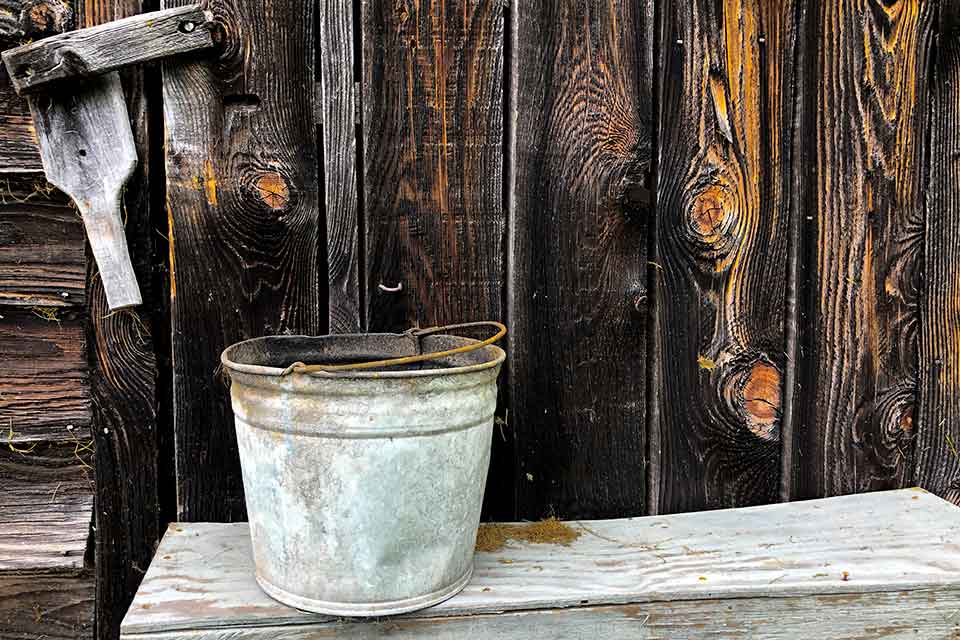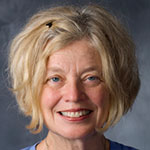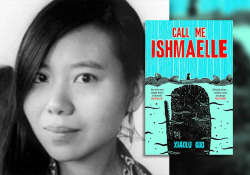Hope That Can Heal: Kari Gunter-Seymour’s alone in the house of my heart

 “So much here depends” begins a line in a poem from Kari Gunter-Seymour’s new collection, alone in the house of my heart (Ohio University Press, 2022). Like the famous poem to which the phrase alludes, Gunter-Seymour’s poem suggests how much chance determines the path of a life. In her poem, William Carlos Williams’s red wheelbarrow takes on many shapes: “a green corn stalk, a patched barn roof / weather, the Lord, community.” Here so very much depends on the place, because where she is from, a community survives as the land survives. People and place are inescapably connected.
“So much here depends” begins a line in a poem from Kari Gunter-Seymour’s new collection, alone in the house of my heart (Ohio University Press, 2022). Like the famous poem to which the phrase alludes, Gunter-Seymour’s poem suggests how much chance determines the path of a life. In her poem, William Carlos Williams’s red wheelbarrow takes on many shapes: “a green corn stalk, a patched barn roof / weather, the Lord, community.” Here so very much depends on the place, because where she is from, a community survives as the land survives. People and place are inescapably connected.
Gunter-Seymour writes from the hills of northern Appalachia in rural Ohio, where her family has lived for nine generations. The poems in her new collection illuminate a people and a landscape both impoverished and beautiful, weakened but strong. In alone in the house, there are ballads of adventure, hymns to persistence, prayers for the lost. It’s no doubt one aim of the book to help a reader learn to see far beyond the limiting stereotypes about life in the mountains. And no stereotype can stand up to these poems. They are delicately nuanced and so hard-edged, so unique, they can make you catch your breath.
These poems are delicately nuanced and so hard-edged, so unique, they can make you catch your breath.
This is Gunter-Seymour’s third book. Like the first, it is autobiographical, with poems that trace a personal history of being poor, of losing love, of conflicts with a difficult mother: “You’re too pretty to be so fat,” her mother whispers to her in the church’s choir loft in one poem. In “I Search for My Mother in New York,” she writes: “I was not the daughter my mother needed.”
The mother poems in the book, and there are several, refuse to gloss over problems. But her poems are never content to stay with an easy judgment. In “I Search for My Mother,” the poet finds her in the statue in New York harbor: “Like the Lady, my mama was / most beautiful in sunlight / puckered apron, trowel in one hand, / Bible raised in the other, tired, poor.” Seeing her mother transformed transforms her own weary pain.
This delicate narrative arc from one psychic state to another is typical of many poems across the four sections that make up the book. The speaker in these poems often finds that despair is lightened by acceptance. As here in “Rorschach Test”:
Listen—there are things to love
about failure too. Sometimes
we make mistakes, call them coincidence,
trapped like thirsty sponges
between memory and the moment,
our imagined selves the deal we make.
A poem about women in Appalachia, “Oh You Woman of Appalachia,” begins in lowercase, a list of failures already begun, but morphs into a praise song that rescues women from the stereotypes that beset them:
how they work to keep you down,
call you fat, shoeless,
say you have no teeth.
But you got teeth, plenty.
. . . . . . . . . . . . . . . . .
You are limestone.
You are flint.
You are mountain shine,
feed-sack proud.
You are diamond.
The poems about life in the mountains are interlaced with others that focus on the land itself. In many, maybe most, of these poems, the natural world offers solutions to troubles, or respite from a life that keeps faltering. In the first poem in the book, for example, the speaker tells herself how nature can heal her:
I’ll . . . walk the fencerow into the holler
Rest beneath the eagle’s favored perch,
Shake off this inexplicable sadness . . .
But nature doesn’t—can’t—always rescue people from their grief. In one of the most powerful poems in the collection, the speaker retreats from the terrible news of the murder of George Floyd by a “pasty-pale punk with a badge.” Turning away to escape the world’s tragedies, she attempts to restore a bluebird house to protect the birds. It doesn’t work:
. . . a house sparrow attacks me
and I realize, in this terrible world,
I cannot save even one desperate bluebird,
Fluttering before infinity,
Begging me.
Nature is subject to violence, too, and it can’t always save. But it can always teach. In the end it is the natural landscape, with its wildlife and seasons and fields, and in all its fragility, that offers the best possibility of peace and new life. The poet shows us how nature’s healing happens in poems like “River’s Way.” She tells us we just have to stay quiet enough to learn:
Listen—
birdlings tweep, deer hur-uff,
silver maples thrum.
Dragonflies, lizards, monarchs, bees,
Come rest, they say,
lay open your sack of troubles
to the sky.
Ultimately, Kari Hunter-Seymour’s poetry affirms the kind of hope that persists in the hills despite everything. It’s the hope that can heal us all.
Gunter-Seymour’s collection is a powerful, raw, and beautiful account of her corner of the mountains and of the ties that bind people to it. This fierce and beautiful group of poems shows personal and community survival is tied to the hills, to nature itself.
Louisville, Kentucky
Editorial note: For more, read Gunter-Seymour’s 2021 conversation with Renee H. Shea, “Everything alive aches for more.”















